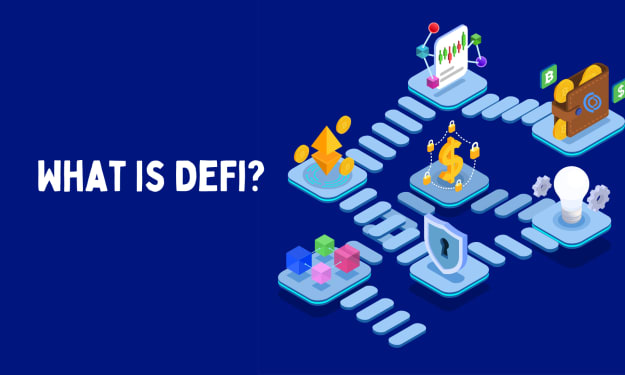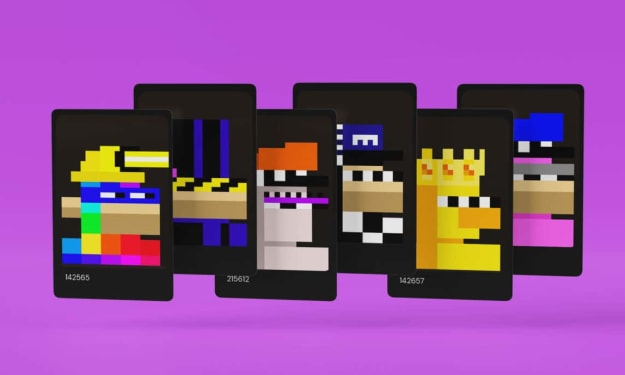The Origin of the Bitcoin
by Rosalee Regalado

The real Bitcoin origin dates back to 1495 during the high renaissance era. Among the breathtaking high renaissance elegance in the style of architectural structures that had the purpose of encouraging Christian faith, symmetrical angelic sculptures that visually explained biblical history were displayed in the Catholic churches to remind the public of the divinity of God. Born to the high renaissance era were some of the most talented architects and engineers in history. One Italian inventor who worked as a draftsman, sculptor, architect and engineer was said to be one of the most brilliant minds of all time. The multi-talented genius was named Leonardo Da Vinci and is said to have ideas that extended far beyond the societal accepted mind set of his era. Da Vinci was obsessed with symmetry and produced sophisticated designs that sparked the interests of the nobles and the high class Italian society. The sophistication in Da Vinci's designs proved to be of higher technology because of the advanced abilities and high potential his inventions portrayed. Da Vinci's inventions consisted of an Ornithopter aircraft that produced movement by flapping it's wings, the parachute, a diving suit, Venetian doors, armor, an armored fighting machine, a machine that he said was meant to open a prison from the inside, and a device that tore the bars off of windows. He invented a triple barrel canon, a thirty-three barreled organ, a machine gun, and a great kite that a human could sit in while flying in the air.
At the age of forty-three Da Vinci impressed nobles, architects, and engineers when he presented his invention of a humanoid robot knight in armor at a celebration hosted by Ludovico Sforza. The humanoid robot was said to be far advanced in technology because no one had seen a machine that simulated human movement before. Da Vinci had presented a robot knight in shining armor that could walk, sit, lie down, wave it's sword, touch it's visor and actually move like a human.
The nobles, architects, and engineers were fascinated with the humanoid knight and were interested in how the robot was made. Da Vinci enlightened his audience by revealing his drafting sketches and notes. However, although the illustrations were impressive, his interested audience of professionals could not understand the design theories because the drafts were written in code and understood solely by Da Vinci, himself. Da Vinci recorded notes for his designs in an abnormal way. He recorded his notes by using alphanumerical language. It is speculated that Da Vinci wrote in code to prevent theft of his ideas and designs. Even though the coding did not make sense to the professionals in that era, Da Vinci's inventions were well respected.
After Da Vinci died, the humanoid robot knight was preserved by the Catholic church and kept in a secret vault in the depths of the floor of the Notre Dame Reims cathedral in France. In 1953 Pope Pius gave permission to examine the design of the humanoid robot knight. Upon examining every part of the robot, it was discovered that a set of alphanumerical line of nodes was embedded in the metal structure of the robot. Since no one could figure out the coding language, the church deemed the code, itself, an unsolved mystery, but the design of the robot could be replicated.
Different theories arose about Da Vinci's coding language. One of the theories was that Da Vinci was given instructions by a higher power. Some speculated that the higher power was from God, and Da Vinci was enlightened with instructions to invent something with divine spirituality that would change the world.
The church made the decision to give the robot knight to engineers and scientists with advanced knowledge in technology. And the robot was given to NASA for examination. An elite group named Satoshi Nakamoto who performed all projects under the umbrella of NASA received the robot project. Nakamoto discovered that the robot had great use and could contribute to medical science and the robotics department.
On January 3, 2009 Nakamoto discovered the coding language found embedded in the metal of the robot's infrastructure had other abilities. Nakamoto was able to devise a crypto coin currency using the nodes that were embedded in the metal structure of Leonardo Da Vinci's robot. Their theory was that Leonardo Da Vinci had intended to create a robot with banking abilities built in it. And he died before he was finished with his intended goal of creating robots that were designed with a digital banking system.
Nakamoto discovered that there was a whole infrastructure within the coding language. Within the infrastructure of the coding language there were bits of information that were not physical but could be used to convey information digitally. Taking the information of Da Vinci's scientific footprint, Nakamoto designed a crypto currency that functioned like a physical bank would. The digital banking elements were named Bitcoins. Bitcoin nodes had universal APIs that can trace transactions, and has a multi-cloud network to ease money transactions for individuals without fees paid to the government. Nakamoto mined a genesis block of Bitcoin identifying it as Bitcoin zero which had a reward of fifty bitcoins. The discovery of the Bitcoin was pure brilliance and can be quite lucrative when enforcing the process properly because there is no interference with the government. We use digital transport for Bitcoins such as cell phones and computers to transfer currency.
So, the true origin of the Bitcoin was invented by one of the great minds of all time during the high Renaissance era and was intended to assist in changing the world for the greater good. The question remains, was it God or extraterrestrial beings that conveyed messages to Leonardo Da Vinci for the purpose of building an invention that would change the world?





Comments
There are no comments for this story
Be the first to respond and start the conversation.